Privy mark vs mint mark vs designer initials
The recent, sometimes negative, discussions of "privy marks" has made me wonder if we are placing them in the right historical context.
Privy marks as originally defined, we're special marks used to identify mint, moneyer, special events or as an anti-counterfeiting feature. Their use goes back to Greco-Roman times.
In that light, isn't a mint mark one type of privy mark?
Couldn't designer initials also be viewed as privy marks?
The Grant with Star is a privy mark.
Aren't the arrows at the date also a privy mark used to indicate the change in silver content?
Does that mark the "Army privy" seem more acceptable or just less special?
All comments reflect the opinion of the author, even when irrefutably accurate.
3
Comments
You are correct about the historical use of privy marks.
I think now though, the discussion isn't about what constitutes a privy, because modern privy/mint/designer marks are all divorced from their historical applications.
Everything now is either advertising or a marketing gimmick, or both.
In the US market, that is probably true. However, the Army privy, for example, was used to honor an anniversary. While every collector coin they sell is a for profit venture, this would be a "legitimate" use of the privy and actual LESS of a marketing gimmick than the Grant star.
All comments reflect the opinion of the author, even when irrefutably accurate.
P.S. the Mint has also used mint marks as strictly marketing gimmicks.
All comments reflect the opinion of the author, even when irrefutably accurate.
I think a lot of it has to do with intent. Maybe I'm simplifying things too much (or missing something), but historically, mint marks and designer initials were there to provide some information about the coin (where it was made, who designed it), and especially for designer initials (at least in the US), they've been somewhat out of the way. Consider the Lincoln cent, which had VDB too prominent and it was almost immediately moved to a less visible location.
Privy marks being of more varied designs than just letters were (I think) somewhat similar, even if they were a bit more prominent. The major difference now is that while privy marks may ostensibly be used to commemorate something, beyond that they're a way to add a bit more commercialization to an already saturated market. The more they're used, the easier it is to become cynical and think that they're being used not so much to commemorate an event as to be one more way to sell a coin at a premium and/or require those with complete sets to acquire yet one more example.
Going to your example of the arrows on seated Liberty coinage, if you want to call that a privy mark, you're just getting into semantics. Those coins were notably different than the coins without arrows, and they were marked as such. The same could have been accomplished with a completely different design or if metal content were listed on the coin (as it is on trade dollars and modern bullion), but instead the design was simply given a small modification.
Wouldn't the designers be like his trade mark and nothing more? For credit purposes of his/her work
The arrows are a privy mark. Yes, they could have changed design but, instead, they decided to add a privy mark. I'm not sure "semantics" have anything to do with it other than that was/is the definition of a privy mark. See the link below
https://www.pcgs.com/news/why-do-some-liberty-seated-coins-have-arrows-by-the-date
All comments reflect the opinion of the author, even when irrefutably accurate.
I don’t follow moderns much. What do the current US privy marks convey as to additional information? I get the impression that the only thing that differentiates a coin with a privy mark is the mark itself. That is, it tells one nothing about the coin.
You say "was/is the definition of a privy mark" and then cite something that mentions that SOME refer to the arrows as privy marks. Regardless, I maintain it's a combination of semantics and context. Whatever you want to call the arrows, they were there for a specific purpose to give information about the coin, and in this case, its use in commerce. That's completely different than a modern-day privy mark where some small design is stamped into the field so that--voila!--now the issuing government has two coins to sell to collectors instead of one.
What post 1950 coins for circulation have privy marks?
Jim
When a man who is honestly mistaken hears the truth, he will either quit being mistaken or cease to be honest....Abraham Lincoln
Patriotism is supporting your country all the time, and your government when it deserves it.....Mark Twain
Privy marks are added design elements with multiple intent and multiple perceived values IMO. They are distinct from a designer initial or a mint mark,
The intent of the ASE eagle and star privy IMO was to sell coins and limit production for solid values long term. Whether that is accomplished or decreases interest in privy marks because of commercialization is another question.
However the V75, 230 and 250th anniv. privys are legitimate commemoration of numismatic or institutional and historical events and should be perceived as such.
In sum, not all privys have the same intent or perceived value....... so caveat emptor.
The program will need to be managed carefully to achieve success long term for the sake of values and interest.
What do the privys tell us apart from what is self-evident from the anniversary, i.e. the coin itself?
If you see a Flowing Hair 2024 gold coin and it has a 230th mark you will realize that could mean 230 years since intro. Most non-numismatists will not know this. Worth pointing out?
If you see a 2020 ASE V75 mark in this ahistorical age we live you may surmise it has been 75 years since the end of WW2.
If you see a 2025 ASE and it had a 250th Army privy you will be reminded or will be educated that the US Army has now been in existence for 250 years.
Sure if you know all this already its redundant or window dressing. Apparently, its interesting and/or historically significant or educational. Or even dare I say collectible.
The marketplace speaks.
Thank you. The privy in these cases does indeed add information. I need to look more closely at these, I’ve tended to be dismissive, thinking along marketing lines.
Although not officially defined as a privy, the 2025 Quarter pictured below has a "privy" included in the design and is assuredly arguable. Does it count as a privy?..
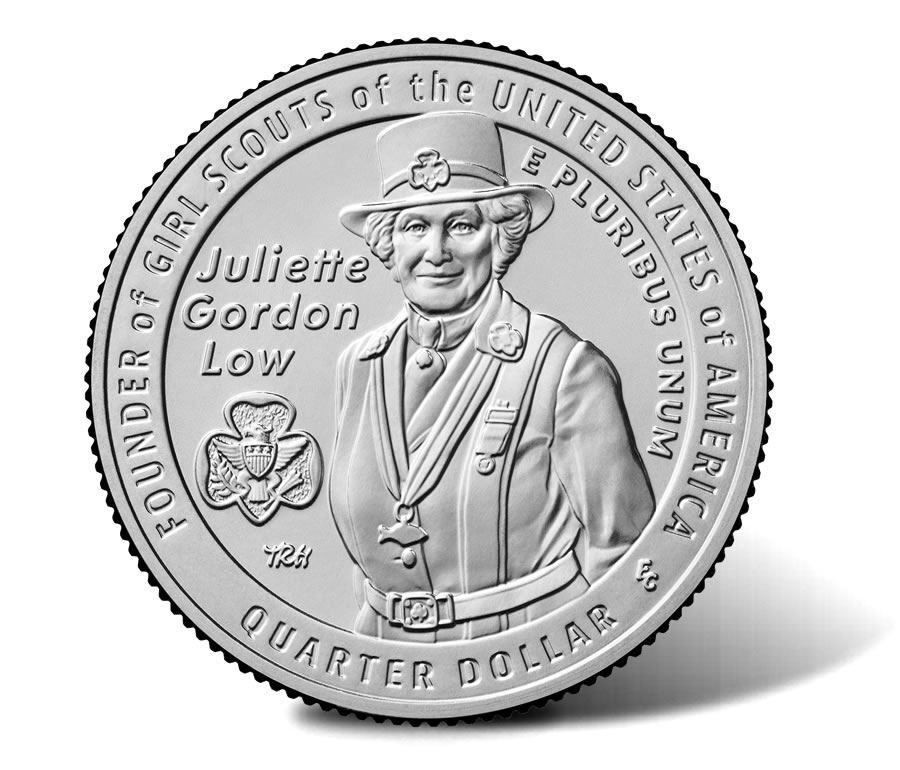
.
The Tenderfoot Badge
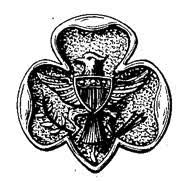
The Badge of the Girl Scouts is the "Trefoil" (three leaves), which represent the three promises made on joining, as the three fingers held up in the salute also do.
The proper place for the Tenderfoot Badge is in the centre of the loose ends of the tie.
Forgetting the twelfth Boy Scout law—that looks like a leprechaun.
The army privy commemorates the anniversary, the same as the Grant star.
The point is not that the uses are identical but that they are in line with prior uses going back to Greco-Roman times.
All comments reflect the opinion of the author, even when irrefutably accurate.
The V75 quarters for one.
All comments reflect the opinion of the author, even when irrefutably accurate.
Maybe. It could we say the a mint mark is a privy but a privy need not be a mint mark?
All comments reflect the opinion of the author, even when irrefutably accurate.
So unlike commemorating anything, the upcoming Laser Privy is just to sell for the sake of having another design?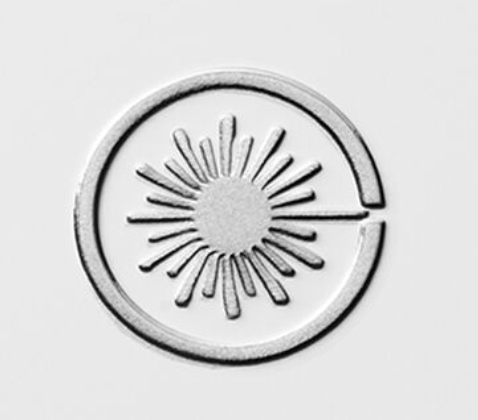
Bullion Exchange says about the Laser Privy: "Theme: Unknown (speculated to expand pop culture or tech motifs)" but SDLD College says it's "a significant step forward in coin design marking a new era for the US Mint" & "Traditionally, these marks were applied using engraved dies—metal tools used for stamping. However, the new Laser Beam Privy Mark brings a significant change: instead of being stamped, it’s etched using advanced laser engraving technology. This process allows for more detailed, intricate designs and improved consistency." With that line of thinking, get ready for a tidal wave of privies...perhaps a tsunami of privies...anybody out there gonna collect 'em all???
W hat are you saying? P lease tell me it isn't true. S o hard to believe they would do this. D o you have any Proof. Could it mean the US Mint, Treasury and Congress were breaking bad.
.
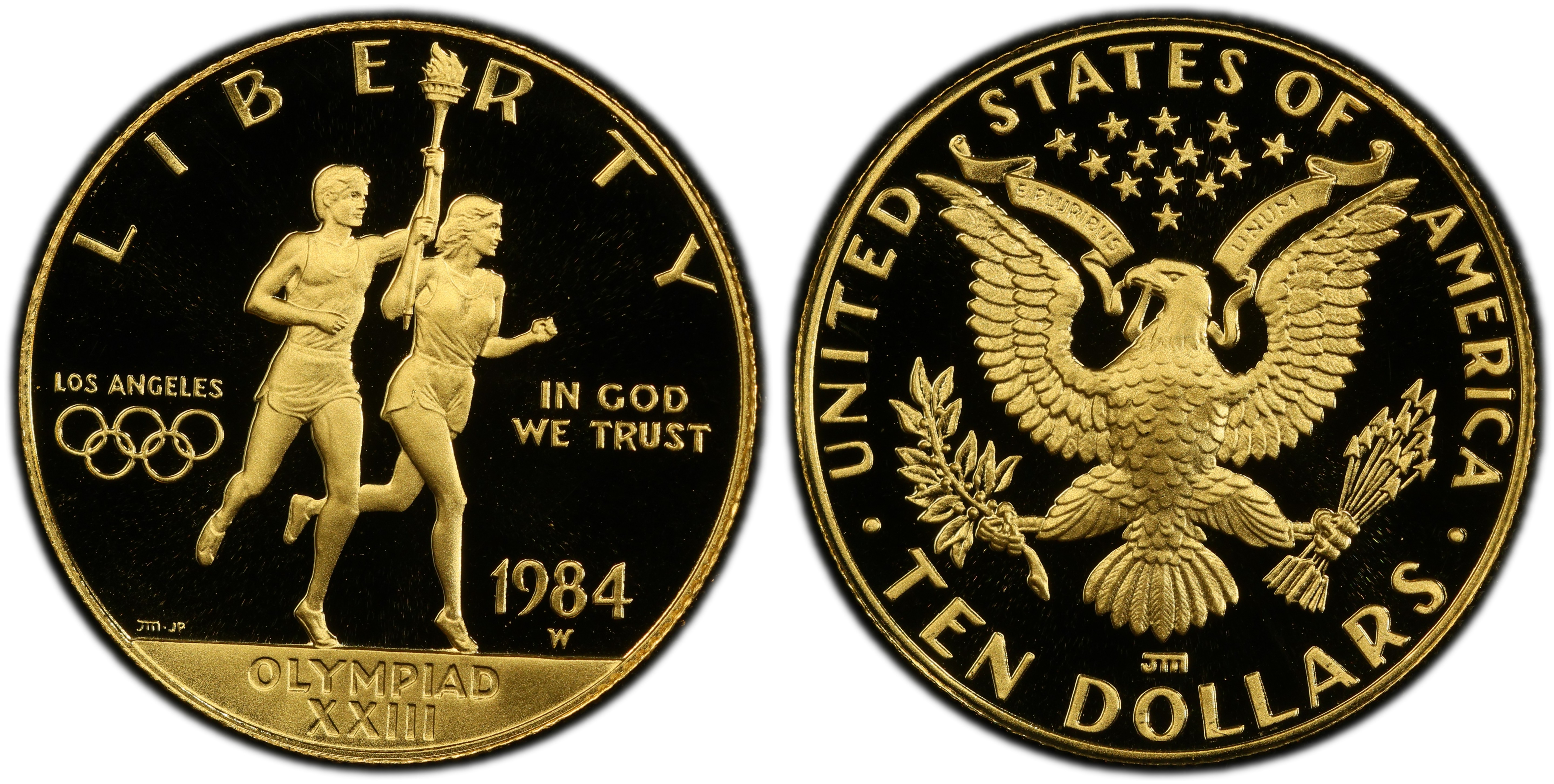
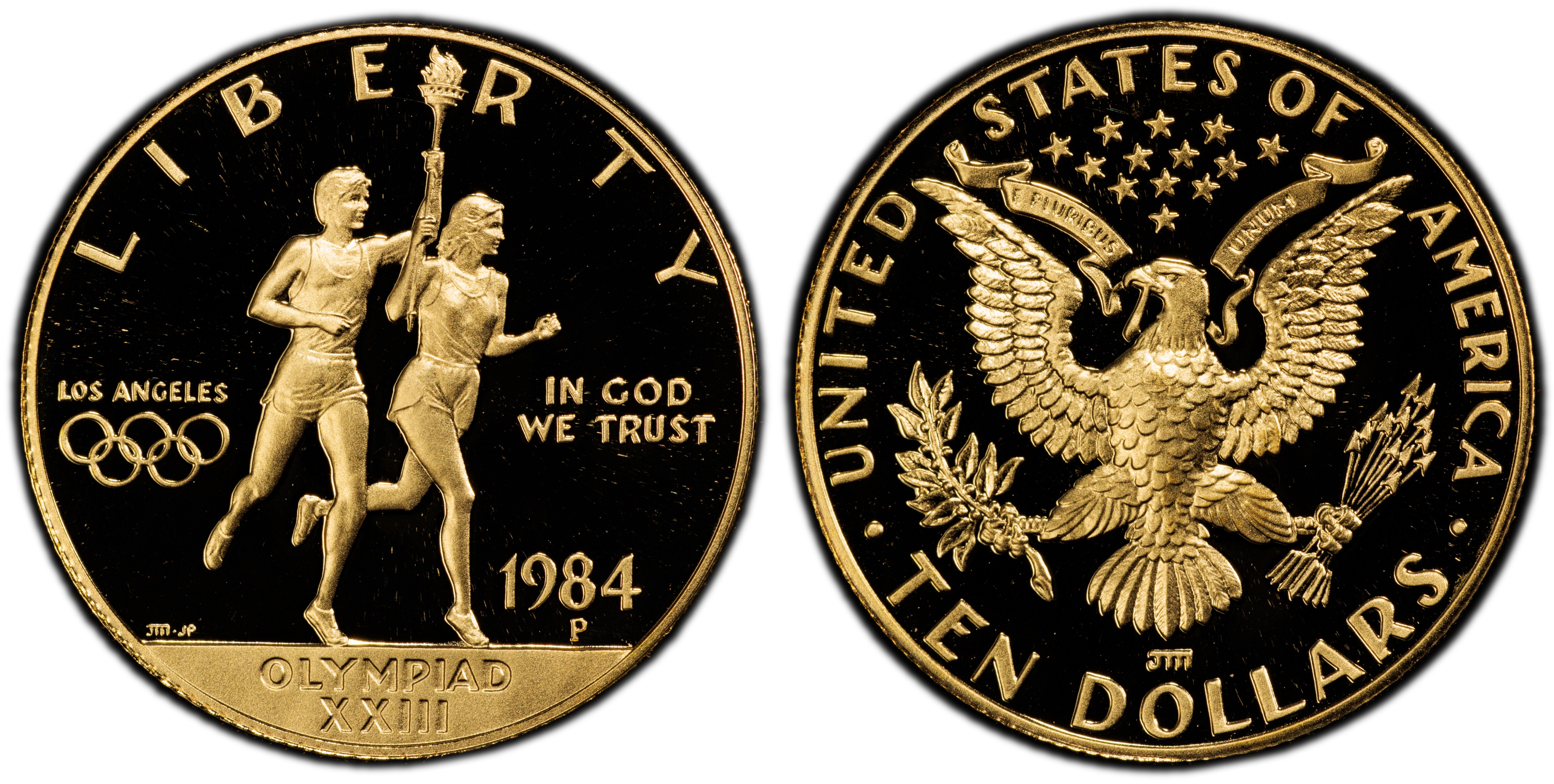 ![]
![]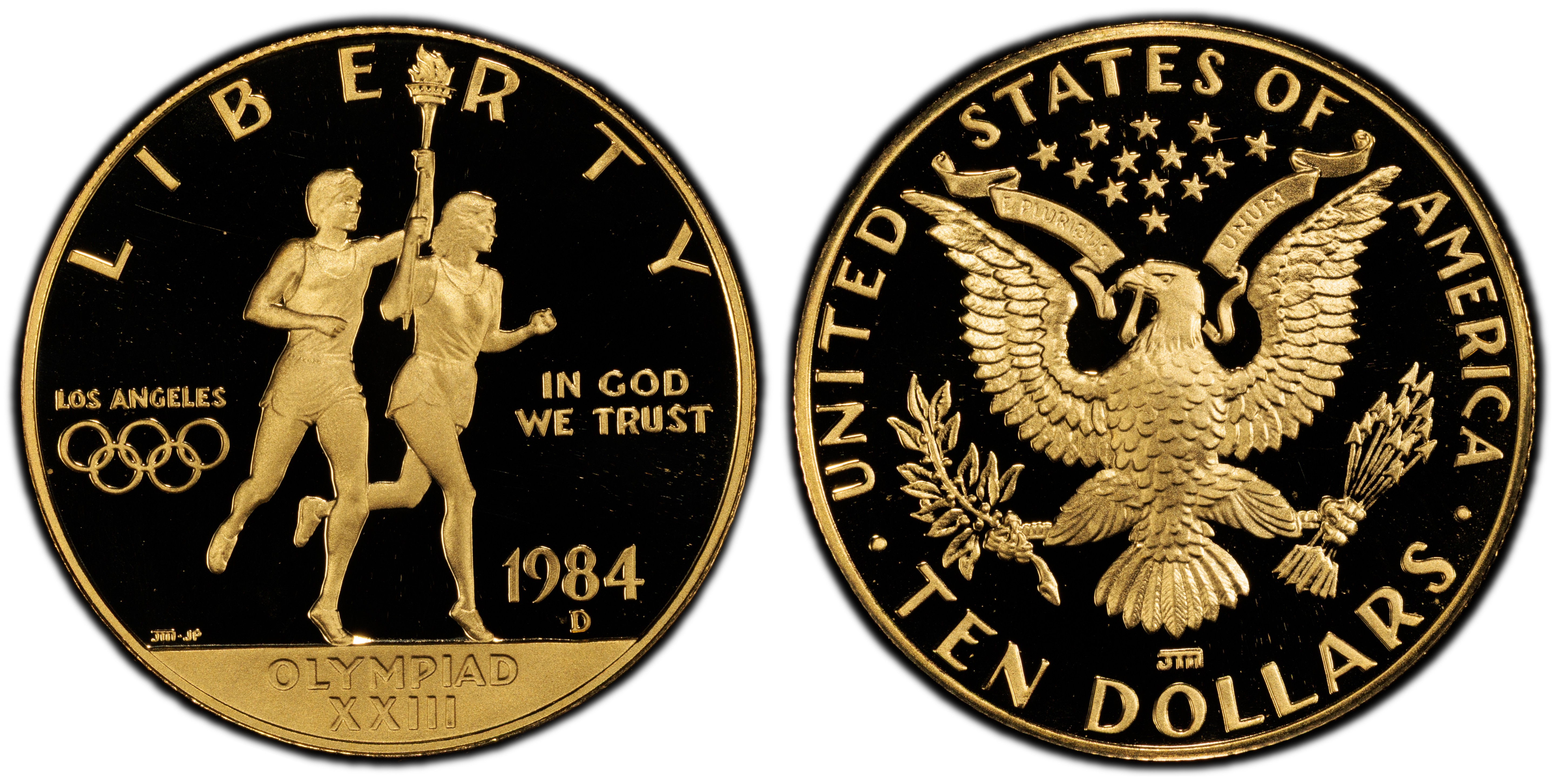
.
.
"To Be Esteemed Be Useful" - 1792 Birch Cent --- "I personally think we developed language because of our deep need to complain." - Lily Tomlin